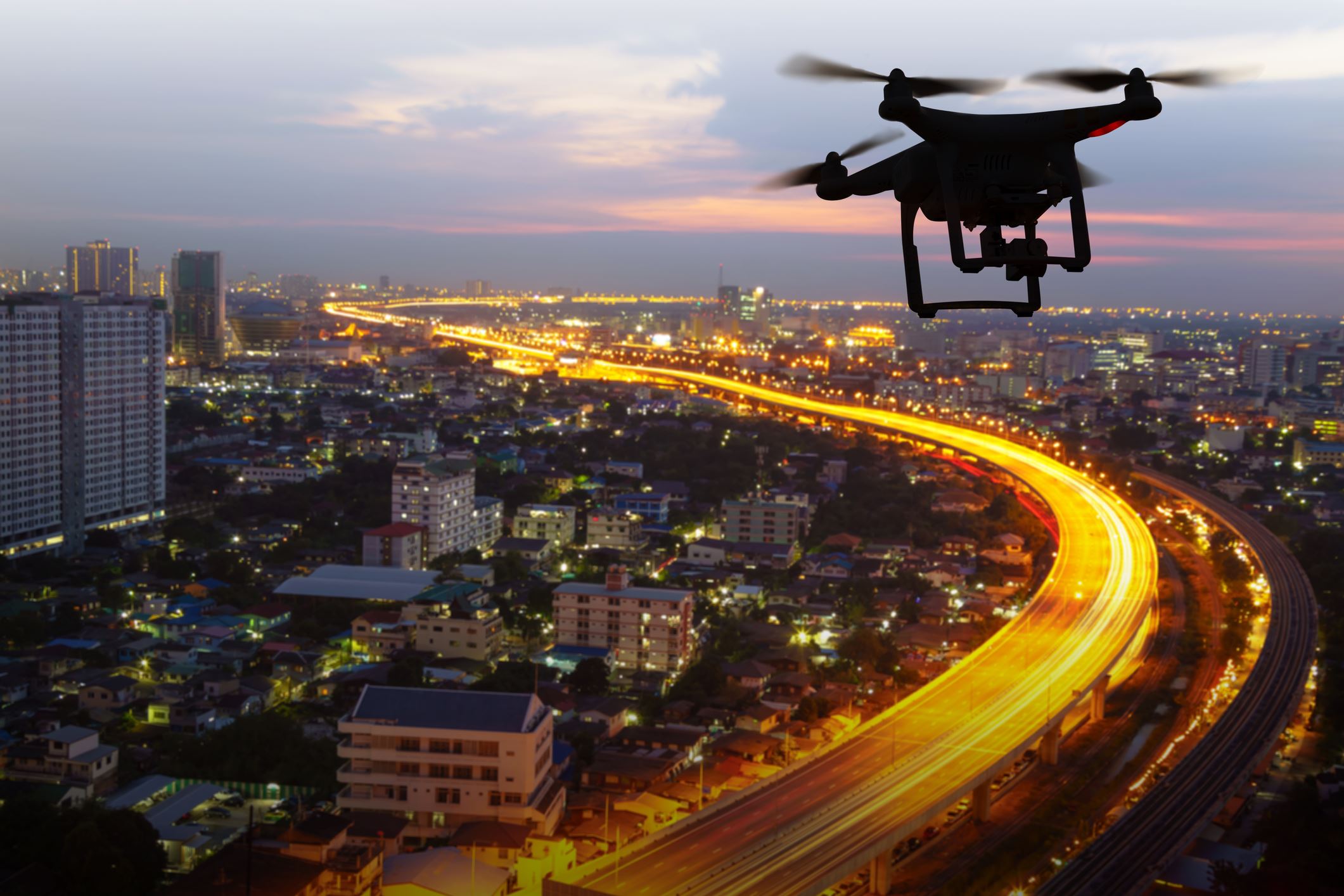skeyes’ primary goal is to maintain and improve the safety levels for all airspace users within the controlled airspace. To allow both unmanned and manned aviation to operate safely, a thorough concept of operations was elaborated. At this moment, drone pilots can in some cases be automatically authorised to fly even up to 120m high depending on the location. They are allowed to fly within a large part of the control zones around the largest airports by simply notifying their flight some time in advance via the Drones & Aerial Activities tool (DAA).
When a drone operator would want to fly in higher airspace managed by skeyes, such as a Terminal Manoeuvring Area (TMA) or Controlled Area (CTA), he will end up flying Beyond Visual Line Of Sight (BVLOS). In order to fly BVLOS extra safety measures are required.
EBKT is a geozone managed by skeyes; this means that the same principles apply as for other geozones managed by skeyes, i.e. the Drones & Aerial Activities tool (DAA) must be used. When you are not sure what rules to follow, make sure to check Droneguide; this website shows where drone operations are subject to specific constraints and the access conditions can be consulted via Droneguide as well. Some areas are activated by a Notice To Airmen (NOTAM). To consult their last status, check the NOTAM list.
Airspace managed by the Belgian Defence has been added to the Drones & Aerial Activities tool (DAA). The drone operator plans his/her flight via the DAA Planner in the same way as is done for the civil airspace. Via the Drones & Aerial Activities tool (DAA) the drone operator will receive either authorisation, additional restrictions, or a rejection. However, for zones activated by a Notice To Airmen (NOTAM), or when another zone is overlapped by one of these zones, the drone operator will still have to check the published NOTAMs prior to flying to make sure the situation has not changed and he/she is still allowed to fly.
